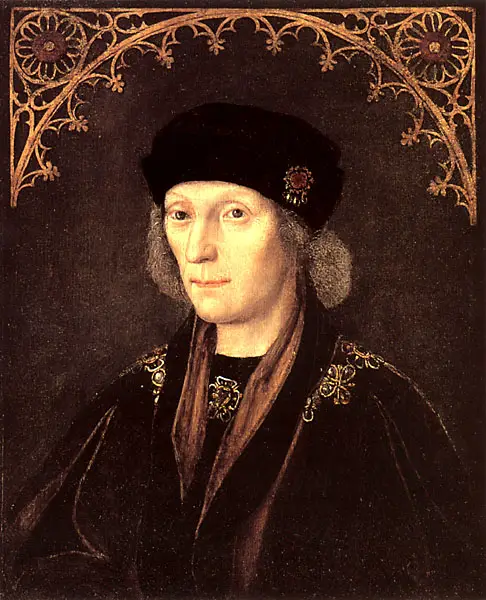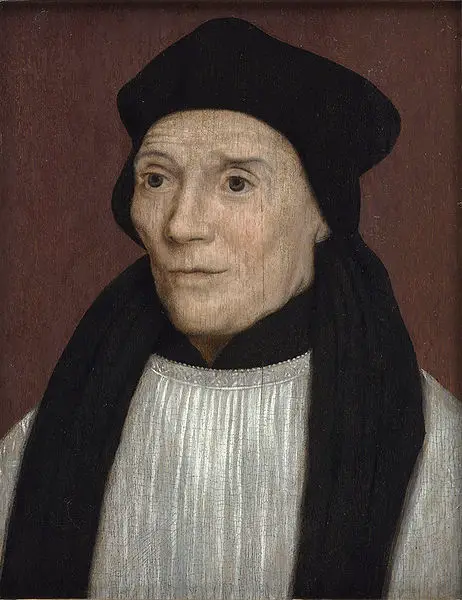On this day in Tudor history, Queen Elizabeth I gave her approval to the Acts of Uniformity and Supremacy. The Act of Uniformity was incredibly important and it reflected the queen's wish to follow a middle road where religion was concerned.
But what was this act? What did it establish? What did Elizabeth want for England and what happened?
I explain all in today's video.
Also on this day in history:
- 1508 – Birth of Charles Wriothesley, herald and chronicler, in London. His chronicle is one of the major primary sources for Henry VIII's reign. Charles came from a family of heralds; he was the younger son of Sir Thomas Wriothesley, Garter King of Arms, grandson of John Writhe, Garther King of Arms, and nephew of William Wriothesley, York Herald. Charles' offices included Rouge Croix Pursuivant and Windsor Herald of Arms in Ordinary, but he did not go as far as his father and grandfather.
- 1538 – Death of Edward Fox, Bishop of Hereford and diplomat. He was active in trying to secure the annulment of Henry VIII's marriage to Catherine of Aragon, and produced several books and polemics on Henry's Great Matter, including Henricus octavus.
- 1539 – The troops mustered between Whitechapel and Mile End marched through the City and Westminster to St James's, where Henry VIII reviewed them. This was in response to the war panic caused by Francis I and Charles V signing the Peace of Toledo.
- 1546 – Death of Thomas Knollys, President of Magdalen College, University of Oxford, from 1528 to 1536. In 1536, Knollys became Vicar of South Kirlby and died there in 1546. He was buried at Wakefield.



The majority of her subjects were still Catholic so she wasn’t being middle of the road to them as doing away with the Mass and introducing fines wasn’t possible for them. Many people conformed because they couldn’t afford the fines. It actually took another decade or more for the country to turn “Protestant” in whatever guise it was because the settlement was ignored in the rural areas . Even in the 1580s it was hard to enforce. It was really after the Excommunication that rural town councils began to reluctantly whitewash churches. Puritans didn’t like it either because she retained ceremonies and music and some beautiful elements and they wanted a stripped back evangelical church, so it wasn’t a win there either.
I must add that the reason Elizabeth was excommunicated was because of her harsh put down of the Northern Rebellion in 1569/70 when she executed over 700 people. Pious iv was a far stricter individual and a much stronger advocate for Catholic traditional ways and revivals in England, the English mission was launched under him and he certainly didn’t see anything positive in relationships with a heretical Queen, unlike his predecessor who had good diplomatic relations with England. I could probably write a book but let’s just say there were unfortunate events which led to what was a missed opportunity that may even, gasp, have led to some degree of tolerance.